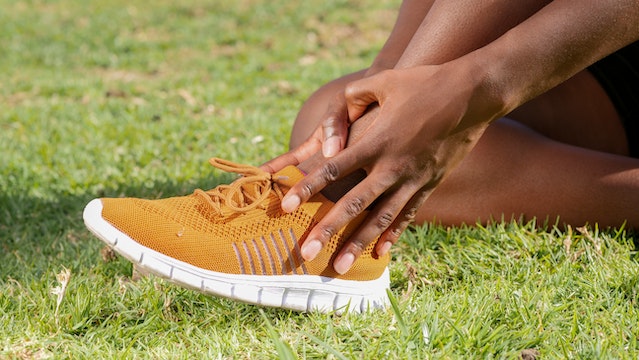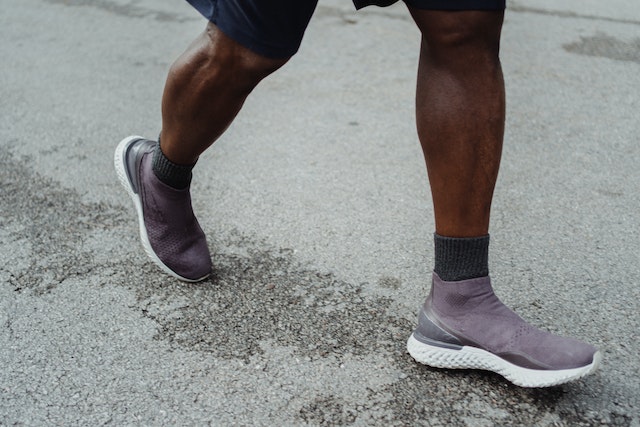
Contents
Identifying the best ways to treat your shin splints so you can get back to running and prevent shin splints in the future
Shin splints are a pain in the… well, shin. But they’re a farce to deal with. In fact, they can be much more than farcical; shin splints can interrupt your physical game as well as your mental strategy, so I think you’ll agree when I say it’s good to know how to combat them.
For those readers who don’t really know what they are then that’s fine we’ll go through that, but for those who are adept in the fine art of getting shin splints then I understand – it’s time to get you back on track. Shin pain, stress fracture, and medial tibial stress syndrome are all symptoms and conditions of the ever-affecting shin splints.
So let’s find out how to say goodbye to them once and for all.
Splinter
Medically referred to as medial tibial stress syndrome, the word “shin splints” refers to pain down the shin bone (tibia) – the large bone at the front of your lower leg. Shin splints are common in runners, dancers and military recruits.
In short, this happens when you see intense changes to your routines, especially when there’s no routine at all.
Taking it out
When we think about our exercise routine, it may be obvious as to how we got there in the first place, but is it obvious how to remove it? To help us metaphorically pluck our problem, we can get to treating shin splints with pain relievers, rest, ice and in some more severe cases, orthopaedic surgeons.
Shin splints develop quickly, and if you want to diagnose shin splints due to a suspicion that you may have them, then you should look out for these symptoms.



Prickly situation
If you have these issues, then you’ll begin to feel a few symptoms, and they may just stick around for a while if untreated. Shin splint pain may come in the form of tenderness, soreness and aching along the inner side of your shinbone. This may manifest as a swelling in your lower leg or the feeling of pulsating pain.
When shin splints diagnosed correctly occur, you can use effective medication to get rid of them, however, so there’s no need to be scared of long-term pain or severity.
Conclusion
In conclusion, you can be putting yourself at risk of shin splints if you’re a runner, if you suddenly increase the duration or intensity of your workout, if you run on uneven surfaces, and if you have flat feet or high arches.
Thankfully, there’s a way to deal with every situation and sustain every routine. Worrying about this condition isn’t a bad thing – being cautious can be useful. But worrying about it more than you need to do will only affect your mental game too. Be careful, do your research and get available help when you need it.
FAQs
Is developing shin splints over time likely?
It depends on the individual and their lifestyle choices. Those who engage in repetitive high-impact activities, such as running or jumping, without proper warm-up and stretching may have a higher likelihood of developing shin splints over time. On the other hand, those who take preventative measures and listen to their body when it needs rest may not be as likely to develop shin splints. It is important to listen to your body, properly warm up and stretch before exercise, and give yourself appropriate rest in order to lower the likelihood of developing shin splints over time.


